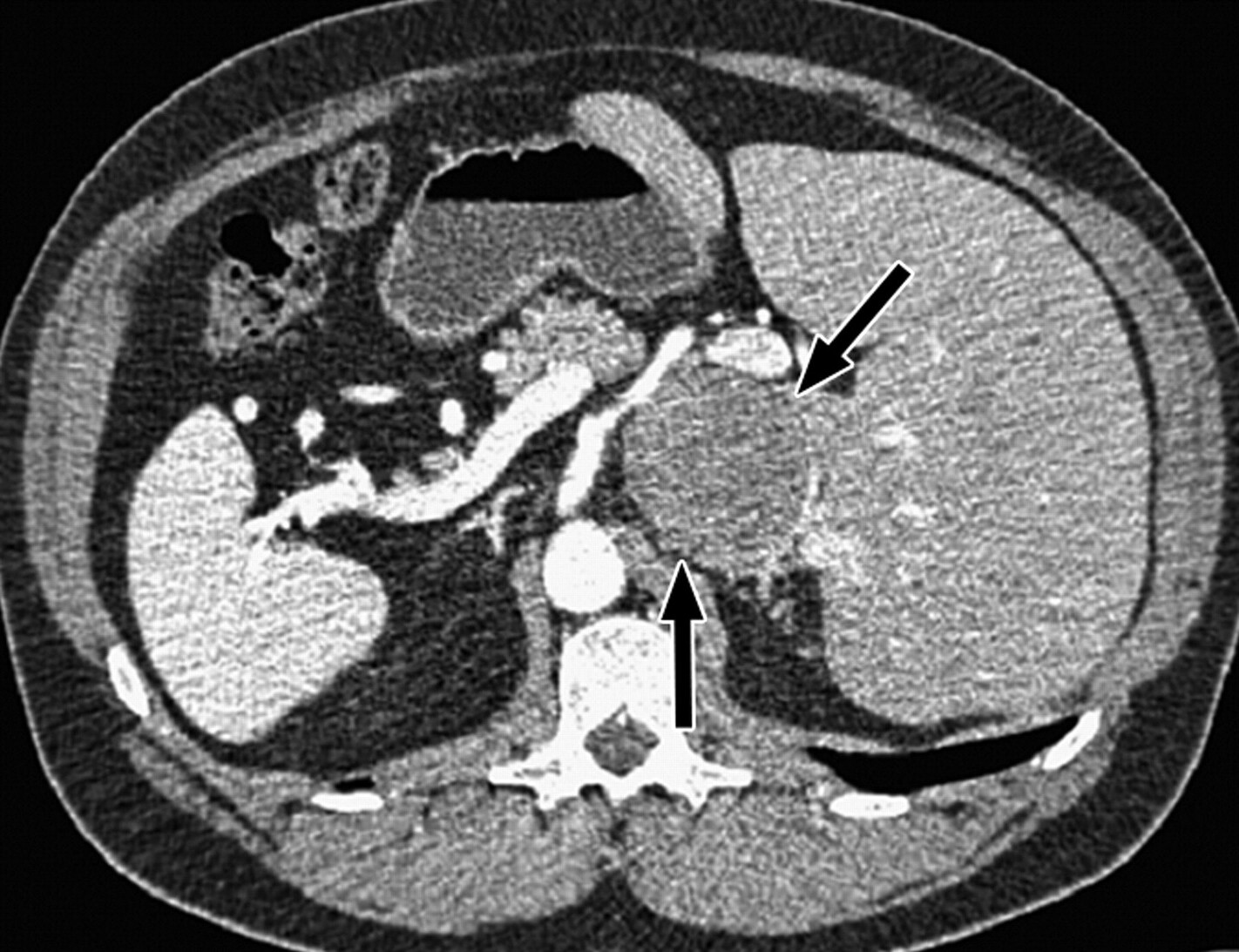
Inferior Vena Cava Syndrome (IVCS) is a rare but serious condition where the inferior vena cava (IVC), the main vein carrying deoxygenated blood from the lower body to the heart, gets obstructed or compressed. This can lead to symptoms like tachycardia, hypotension, lower extremity edema, and shortness of breath. Causes range from deep vein thrombosis (DVT) and tumors to pregnancy and medical procedures. Diagnosing IVCS involves clinical observation and imaging studies like CT and MRI. Treatment varies based on the cause, including positional changes, medical or surgical intervention, and managing underlying conditions. Understanding IVCS is crucial for timely diagnosis and effective treatment.
What is Inferior Vena Cava Syndrome?
Inferior Vena Cava Syndrome (IVCS) is a rare but serious condition. It happens when the inferior vena cava (IVC), the main vein carrying deoxygenated blood from the lower body to the heart, gets blocked or compressed. This can lead to various symptoms and complications.
-
Definition and Frequency: IVCS is rare, with about 5-10 cases per 100,000 people per year in the U.S.
-
Causes: The main causes include obstruction (like deep vein thrombosis or tumors), compression (from nearby structures or tumors), and iatrogenic causes (medical procedures like liver transplants or dialysis).
Symptoms of Inferior Vena Cava Syndrome
The symptoms of IVCS can vary widely. They often depend on the severity and cause of the obstruction or compression.
-
Tachycardia: An increased heart rate due to decreased blood flow to the heart.
-
Hypotension: Low blood pressure caused by reduced venous return to the heart.
-
Lower Extremity Edema: Swelling in the legs and feet due to increased venous pressure.
-
Shortness of Breath: Difficulty breathing because of reduced cardiac output and possible lung congestion.
-
Fluid Retention: Swelling in various body parts due to decreased venous return and increased fluid pressure.
-
Fetal Hypoxia: In pregnant women, signs of fetal distress may appear due to decreased blood flow to the uterus.
Pregnancy-Related Symptoms
Pregnancy can sometimes cause IVCS, especially in the later stages. The growing uterus can compress the IVC when a woman lies on her back.
- Supine Hypotensive Syndrome: Intense pain on the right side, muscle twitching, hypotension, and fluid retention when lying on the back.
Diagnosing Inferior Vena Cava Syndrome
Diagnosing IVCS involves both clinical observation and imaging studies. These methods help identify the cause and extent of the obstruction or compression.
-
Clinical Observation: Observing the patient in a right-sided position can reveal multiple dilated veins over the abdomen due to collateral circulation.
-
Ultrasound with Doppler Flow Measurement: This test assesses the IVC and circulatory system for any blockages or compressions.
Imaging Studies for IVCS
Imaging studies are crucial for diagnosing IVCS. They help in understanding the extent of the condition and planning treatment.
-
Computed Tomography (CT): CT scans help characterize malignancy, tumor extent, and any invasion of the caval wall.
-
Magnetic Resonance Imaging (MRI): MRI is essential for staging and surgical planning, providing detailed images of the IVC and surrounding structures.
Treatment Options for IVCS
Treatment for IVCS depends on the cause of the obstruction or compression. It can range from simple positional changes to more complex medical or surgical interventions.
-
Positional Changes: Avoiding lying on the back, especially on the right side, to reduce IVC compression.
-
Medical or Surgical Intervention: Removing or relieving the structure causing the compression or obstruction.
-
Pregnancy Management: Delivering the baby is often the definitive treatment for pregnant women experiencing IVCS.
Iatrogenic Causes and Tumors
Medical procedures and tumors can also cause IVCS. Understanding these causes is crucial for effective treatment.
-
Iatrogenic Causes: Procedures like liver transplants, vascular catheters, and dialysis can lead to IVC compression or obstruction.
-
Tumors: Tumors, especially renal cell carcinoma, can invade or compress the IVC, leading to significant symptoms.
Deep Vein Thrombosis and Other Conditions
Other conditions like deep vein thrombosis (DVT) and Budd-Chiari syndrome can also cause IVCS. These conditions require specific treatments to manage the symptoms and prevent complications.
-
Deep Vein Thrombosis (DVT): Blood clots in the lower extremities can travel to the IVC, causing obstruction. Treatment often involves anticoagulation therapy and placing a filter in the IVC.
-
Budd-Chiari Syndrome: Thrombosis of the hepatic veins or the IVC can lead to liver enlargement and ascites, additional symptoms of IVCS.
Key Points on Inferior Vena Cava Syndrome
Inferior Vena Cava Syndrome (IVCS) is a rare but serious condition. It happens when the inferior vena cava, the main vein carrying deoxygenated blood from the lower body to the heart, gets obstructed or compressed. Causes range from deep vein thrombosis and tumors to pregnancy and medical procedures. Symptoms include tachycardia, hypotension, lower extremity edema, and shortness of breath. Diagnosis involves clinical observation and imaging studies like CT and MRI. Treatment varies based on the cause and may include positional changes, medical or surgical intervention, and pregnancy management. Early diagnosis and treatment are crucial for preventing complications. An interprofessional team approach ensures effective management. Patient education on lifestyle changes and risk factors is vital. Understanding these key points can help healthcare providers improve patient care and outcomes for those affected by IVCS.
Was this page helpful?
Our commitment to delivering trustworthy and engaging content is at the heart of what we do. Each fact on our site is contributed by real users like you, bringing a wealth of diverse insights and information. To ensure the highest standards of accuracy and reliability, our dedicated editors meticulously review each submission. This process guarantees that the facts we share are not only fascinating but also credible. Trust in our commitment to quality and authenticity as you explore and learn with us.


